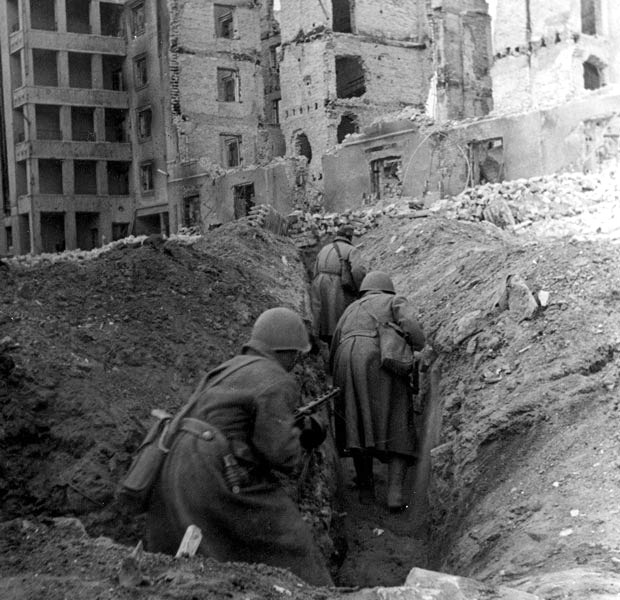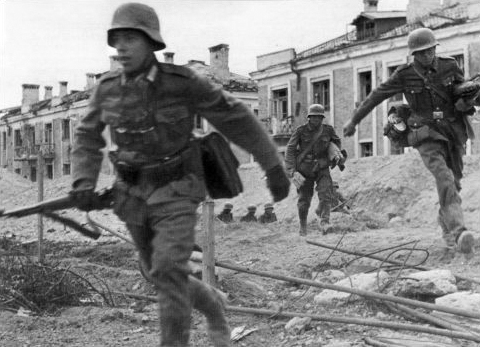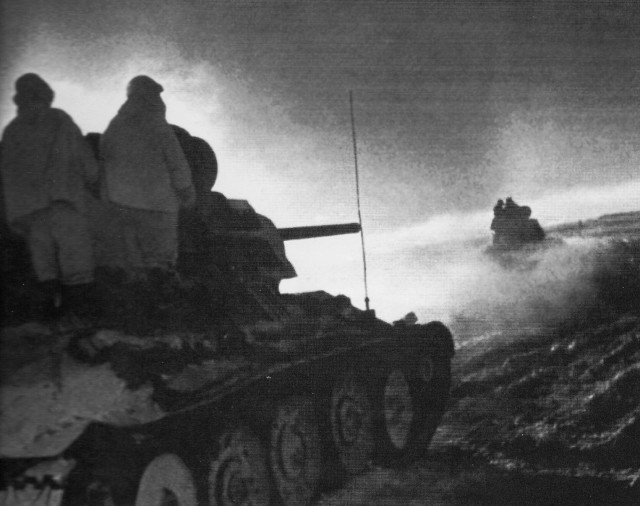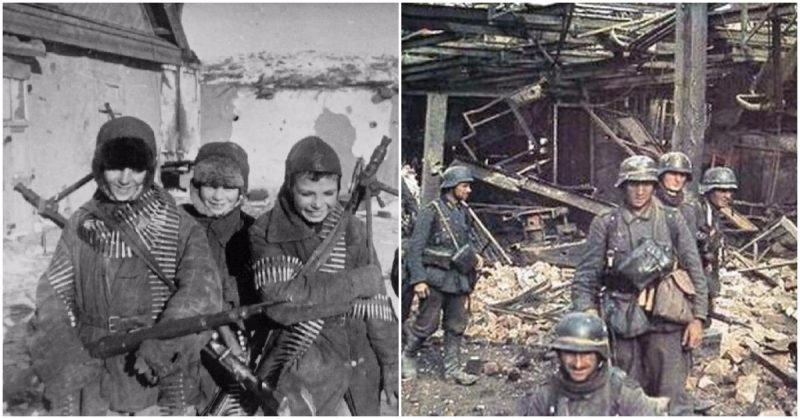The largest and bloodiest battle in the history of warfare, the Siege of Stalingrad lasted over five months and resulted in somewhere between 1.7 and 2 million military casualties, as well as an unknowable number of civilians killed or injured.
From 23 August 1942 until 2 February 1943, Axis forces besieged one of the greatest cities in Soviet Russia. Brutal close quarters fighting was accompanied by bombardments that saw swathes of the city reduced to rubble. It was the most important turning point of the fighting on the Eastern Front, and arguably of the whole Second World War.
Strategic Significance
The assault on Stalingrad had several objectives. Foremost was depriving the Soviet Union of the city’s formidable industrial capacity. Cutting off the Volga River was also important, as it would sever a major trade and transport artery into the heart of Russia. As part of a wider strategy, it would secure the north-west flank of armies advancing on the petrol sources at Baku.
There was a propaganda element that added to the significance of the battle for both sides. Capturing the city named after the Soviet leader would be a symbolic coup for the Germans and a psychological setback for their opponents.
On 23 July 1942, Hitler re-wrote the objectives of the eastern campaign to include the capture of Stalingrad. But in changing the objectives, he made them too wide. This would stretch his forces and be the downfall of his plans.

By August, the Germans and their allies had been pushing the Russians back for months. Stalingrad was almost in sight. As Soviet generals rushed to throw up defences around the city, their 62nd and 64th armies fell back there. On 23 August the pursuing German 6th army reached the edge of the city. The Siege of Stalingrad had begun.
A Bitter Battle
The Luftwaffe swept aside the Soviet air force and bombarded the city. In 48 hours alone, 1,000 tonnes of bombs were dropped on the city, and massive strategic bombing created a firestorm that turned many buildings into charred ruins. Ferries were bombed, preventing civilians from escaping and reinforcements from coming to the city’s defence.
The defence of Stalingrad was a desperate one. Every able bodied man was sent into the fighting. Civilians were used to hastily build defences. Militias of civilians were thrown together and flung into battle, often without rifles. Parts of incomplete tanks were brought from the factories to the front lines, where the guns were sighted by hand.

Brutal close quarters fighting took place all over the ruined city. Fearful of a retreat, Soviet Commissars executed thousands of shirkers and deserters as examples to their comrades.
To counter the powerful German combined arms tactics and the Nazis’ superior long-range firepower, the Russians took to keeping their lines close to those of the Germans and fighting for every last bit of the city. The German doctrine of swift, powerful offensives could not dominate in such circumstances, and the fighting went back and forth several times in some areas. Still, Axis troops maintained a slow, steady advance.
After three gruelling months, the Germans reached the banks of the Volga. Only 10% of the city remained in Soviet hands, split into two pockets of struggling defenders. Stress, as well as combat, was taking its toll – German General Paulus developed an uncontrollable tic in one eye while the Soviet Chuikov suffered such severe eczema that his hands were constantly swathed in bandages.
Soviet Counterattacks
The Soviets launched several counter-attacks during the German advance, with little success. On November 19 they launched Operation Uranus, the attack that would turn the battle around.
The city had almost entirely fallen to the Germans and the smaller groups of Hungarian and Romanian troops accompanying them, but they had been so focused on the advance that they had not taken the opportunity to ensure a strong defensive position against counterattacks. The need for troops elsewhere had weakened their flanks, and the Soviets still had footholds to the north and south of the city.
On 19 and 20 November, massive Soviet attacks hit Romanian forces on the German flanks to the north and south of the city. The thinly spread Romanians were completely overrun.
The Germans were poorly prepared either for such an offensive or for fighting in the terrible weather of a Russian winter. A swift advance saw both Soviet attacks tear through the German rear. On 23 November they met at Kalach, west of the city. The invaders in Stalingrad were completely surrounded.
Encirclement and Ending

Believing that an advance from the east could break through to the city and that in the meantime the Luftwaffe could keep the encircled troops supplied, Hitler ordered that there would not be an attempt to break out of the city. He had publically declared in September that the German army would not retreat from Stalingrad, and too much prestige rode on the city’s fate for him to accept a retreat.
265,000 Axis troops, most of them from the German 6th Army, were trapped in the city. Despite the best efforts of the Luftwaffe, adequate supplies could not be provided. Those pilots who survived the supply runs –many died as they flew in and out above the Soviet army – reported that the soldiers were increasingly weak with hunger.
The most successful attempt to break through and relieve the trapped troops came from the south under General von Manstein. On 19 December it came within 30 miles of the encircled forces, but never broke through. The relief attempt was abandoned on 23 December.
Running out of food and ammunition, and with the Soviets pressing in upon them, the Germans looked increasingly doomed. Hitler refused General Paulus’s request to be allowed to surrender.
Split in two, the southern group of Germans under Paulus surrendered on 31 January, though Paulus himself refused to negotiate the surrender. At 4 am on 2 February, General Strecker, commanding the remaining northern group, was told that his own officers had gone to negotiate terms with the Russians. He sent out a radio message saying that his men had done their duty and surrendering.
The Siege of Stalingrad was at an end.
